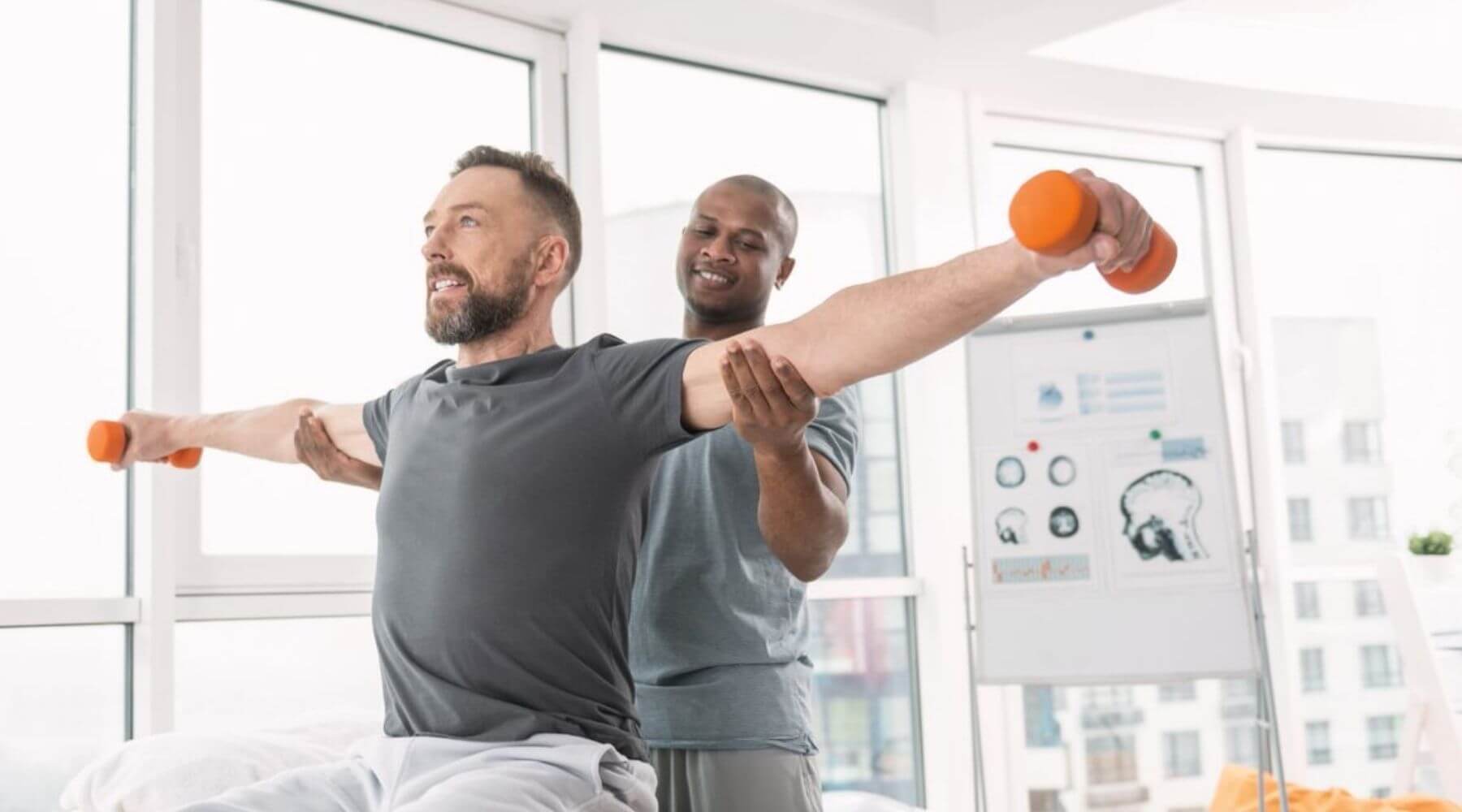Grasping the Techniques to Physiological Therapy toward Enhanced Rehabilitation as well as Recovery
Grasping the Techniques to Physiological Therapy toward Enhanced Rehabilitation as well as Recovery
Blog Article
Bodily rehabilitation is one significant component of recovery and rehabilitation for a lot of individuals. It helps people recover power, improve flexibility, and alleviate pain subsequent to injuries or surgeries or procedures. There are approaches to bodily therapy, each tailored to satisfy the specific requirements of clients. Understanding these various techniques can assist patients form educated decisions about their recovery process.
A frequent method to physical therapy is hands-on therapy. This technique includes physical therapy by a bodily therapist to manipulate muscle tissue and articulations. Hands-on treatment can assist reduce pain, boost circulation, and increase range of motion. Specialists may use approaches such as kneading, connection mobilization, and flexibility exercises to assist clients recover. Such approach is commonly advantageous for those with skeletal issues, such as lower back discomfort or joint inflammation, as it focuses on the physical aspects of healing.
Another important method is therapeutic exercise. This method entails particular activities crafted to boost vigor, stability, and control. Bodily therapists create personalized exercise programs based on the client's status and goals. Such exercises can vary from easy movements to more challenging activities. Restorative physical activity is essential for rebuilding vigor after an trauma and avoiding future issues. This also aids clients regain belief in their physical capabilities, which is essential for overall rehabilitation.
Pool therapy is a different beneficial method that utilizes liquid to support in recovery. This technique takes advantage of the buoyancy of water, which reduces the impact on joints and allows for more comfortable movement. Patients can carry out activities in a water environment, making it a wonderful alternative for those with restricted movement or discomfort. Aquatic therapy can help boost vigor, mobility, and resilience while delivering a helpful space for recovery. It is particularly beneficial for individuals rehabilitating from procedures or those with long-term discomfort issues.
In conclusion, learning and autonomy are essential useful content elements of physiological treatment. Physiological practitioners not only provide treatment but furthermore educate individuals about their issues and how to cope with them. This entails grasping body mechanics, alignment, and the importance of staying involved. Through enabling patients with understanding, practitioners assist them adopt an engaged role in their healing. Such method promotes individuals to continue their healing beyond therapy sessions, contributing to improved long-term effects.
In summary, physiological treatment offers multiple methods to improve rehabilitation and rehabilitation. Hands-on treatment, rehabilitative exercise, pool rehabilitation, and education all play crucial parts in helping clients recover their power and flexibility. Every method is designed to satisfy the unique demands of individuals, ensuring a complete method to healing. Through grasping these various techniques, clients can more effectively manage their rehabilitation journey and endeavor towards reaching their rehabilitation aims.